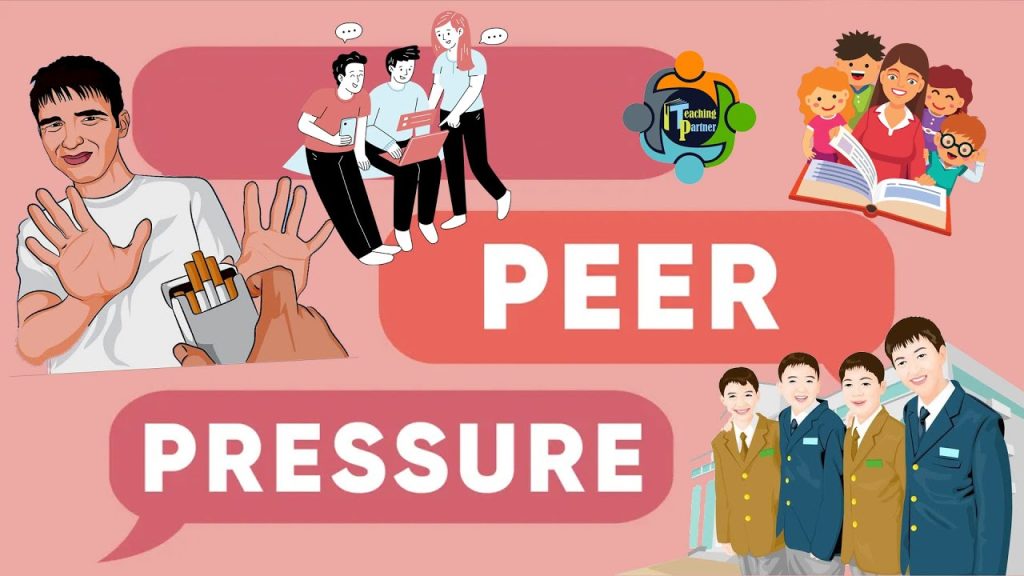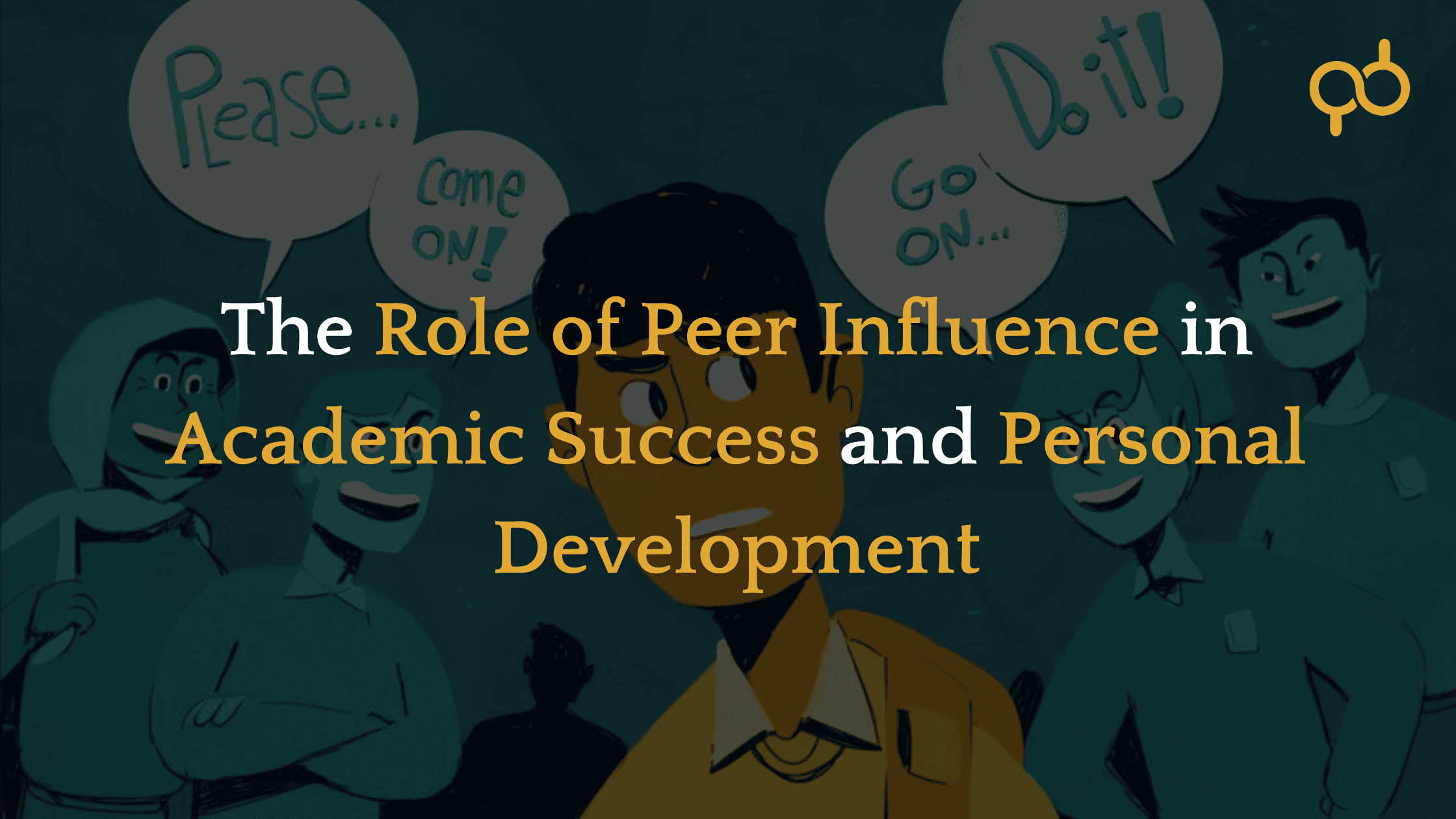Peer influence plays a significant role in shaping the academic success and personal development of students. This influence can manifest in both positive and negative ways, impacting students’ choices, behaviors, and overall well-being.
Positive Effects of Peer Influence
Support and Motivation: Positive peer pressure can foster a supportive environment where students encourage one another to excel academically. Friends who prioritize education can motivate each other to study, participate in extracurricular activities, and pursue higher academic goals. This reinforcement of positive behaviors helps cultivate a growth mindset among peers, leading to improved academic performance and personal development.
Healthy Habits: Peers can also influence each other to adopt healthy lifestyles. For instance, friends who engage in sports or other physical activities can inspire their peers to participate, promoting physical fitness and mental well-being. Moreover, positive peer interactions can enhance social skills and emotional resilience, equipping students with essential life skills.
Negative Effects of Peer Influence
Risky Behaviors: Conversely, negative peer pressure poses significant risks. Students may feel compelled to conform to the behaviors of their peers, which can lead to engagement in risky activities such as substance abuse, skipping classes, or other delinquent behaviors. Research indicates that adolescents are particularly vulnerable to these pressures due to ongoing brain development that affects judgment and impulse control.
Academic Decline: The desire for social acceptance can detract from academic priorities. Students may downplay their academic achievements or avoid studying altogether if they perceive that such behaviors are “uncool” among their peers. This shift in focus can result in lower grades and decreased school engagement.

Making Smart Choices
To navigate the complexities of peer influence effectively, students should be encouraged to make informed decisions about their friendships and social circles. Here are some strategies:
– Choose Positive Influences: Surrounding oneself with peers who share similar academic goals and positive attitudes can significantly enhance a student’s motivation and success.
– Develop Self-Confidence: Encouraging self-awareness and confidence allows students to resist negative pressures more effectively. Programs that promote self-esteem can empower students to make choices aligned with their values rather than succumbing to external pressures.
– Open Communication: Maintaining open lines of communication with parents and educators about peer influences can help students process their experiences and seek guidance when faced with difficult choices.
In conclusion, while peer influence is an inevitable aspect of adolescence that can drive both positive growth and negative outcomes, students equipped with the right tools and support can navigate these challenges successfully. By fostering healthy relationships and encouraging self-confidence, young people can harness the power of peer influence for their benefit.
